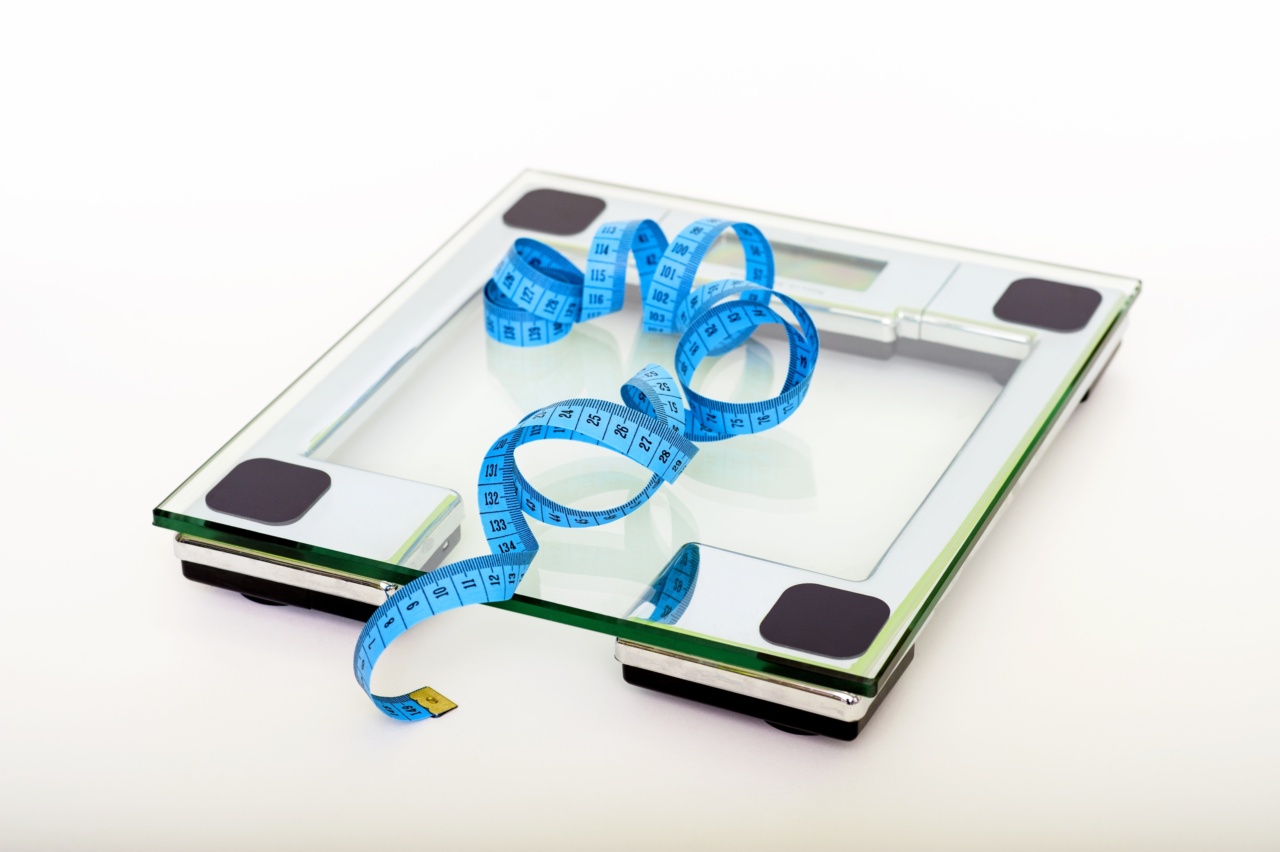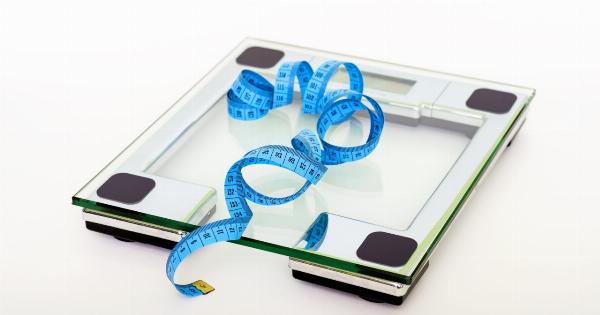Weighing scales are ubiquitous tools that help us measure the weight of various objects accurately. Whether you want to monitor your body weight, weigh ingredients for cooking, or determine the weight of a parcel, a scale is an essential device to have.
To obtain an accurate weight reading, it is crucial to use the scale correctly. In this article, we will guide you through the process of using a scale effectively to achieve precise weight measurements.
1. Choose the Right Scale
Before using a scale, it is important to make sure you have the right one for your needs. Different scales are designed for specific purposes.
For instance, a bathroom scale is used to measure body weight, while a kitchen scale is designed for measuring ingredients. Make sure to select a scale suitable for the intended purpose to ensure accurate readings.
2. Find a Level Surface
When using a scale, it is essential to place it on a flat and level surface. Uneven or sloping surfaces can affect the accuracy of the reading. If your scale has adjustable feet, check if they are level and make necessary adjustments.
Placing a scale on a hard and solid floor is usually the best option.
3. Calibrate the Scale
Calibrating a scale is an important step to ensure accurate readings. Some scales have an automatic calibration feature, while others require manual calibration. Consult the user manual of your scale to determine the calibration procedure.
Calibration usually involves placing a known weight on the scale and adjusting it accordingly to measure accurately.
4. Turn on the Scale
Before using the scale, make sure it is turned on and ready for use. Scales come with different power options, such as batteries or direct electrical connection. Check the power source and ensure it is properly connected or the batteries are charged.
5. Step on the Scale Correctly
If you are using a bathroom scale for measuring body weight, step onto the scale carefully. Try to distribute your weight evenly on both feet and stand still without leaning on any object for support.
Make sure your feet are placed on the designated area of the scale, usually indicated by footprints or markings.
6. Wait for the Reading to Stabilize
Once you step onto the scale, wait for the reading to stabilize. Scales often take a few seconds to measure and display an accurate weight. Avoid any movement or shifting during this time to prevent fluctuations in the reading.
7. Avoid Interference
Interference from external factors can affect the accuracy of a scale reading. Avoid using a scale in areas where there is a high level of vibration, as it can disturb the measurement process.
Additionally, electromagnetic fields generated by electronic devices like smartphones or microwaves can interfere with the scale’s performance. For the most accurate results, keep the scale away from such devices.
8. Place Objects Carefully
If you are weighing objects on a scale, ensure they are placed carefully. Avoid shaking the object, as it can cause fluctuations in the reading. For smaller objects, consider using a container or tray on the scale to hold them in place.
This will help in achieving a stable and accurate weight measurement.
9. Use Tare Function for Containers
When using a kitchen scale to measure ingredients in a container, it is important to consider the weight of the container itself.
Many scales have a tare function that allows you to deduct the weight of the container, providing you with an accurate measurement of just the ingredients. Place the container on the scale, press the tare button to zero the scale, and then add the ingredients.
10. Keep the Scale Clean and Well-maintained
To ensure the accuracy and longevity of your scale, it is crucial to keep it clean and well-maintained. Regularly remove any dust or debris from the weighing surface and make sure the display is clear and legible.
Follow the manufacturer’s instructions for cleaning and maintenance to prevent any issues that could affect the scale’s performance.
Conclusion
Using a scale correctly is essential to obtain accurate weight measurements.
By selecting the right scale, finding a level surface, calibrating the scale, stepping on it correctly, waiting for stabilization, avoiding interference, placing objects carefully, and utilizing the tare function when necessary, you can ensure precise results. Remember to keep your scale clean and well-maintained for optimal performance. With these guidelines in mind, you can confidently use a scale to get accurate weight readings for a variety of purposes.





























